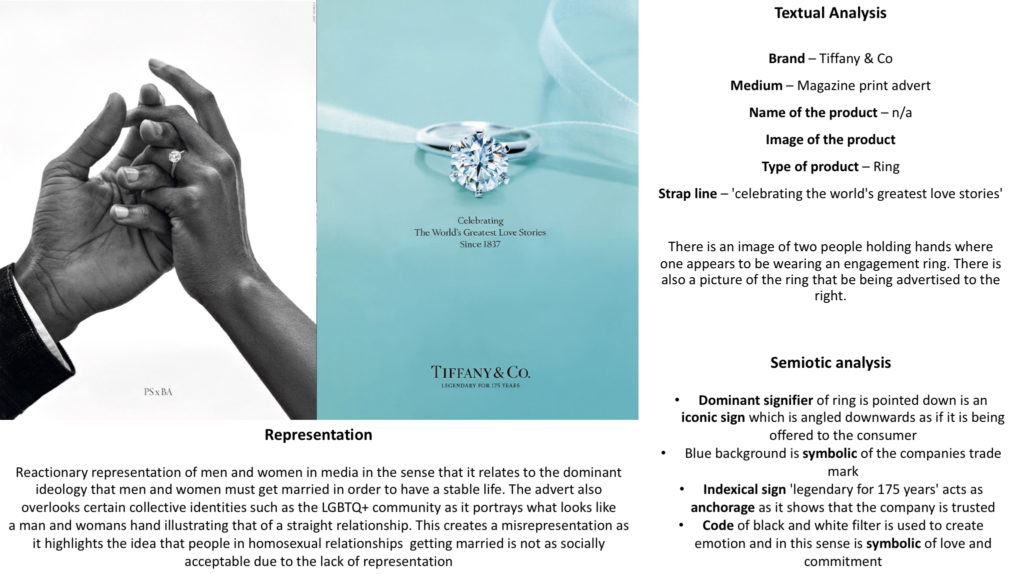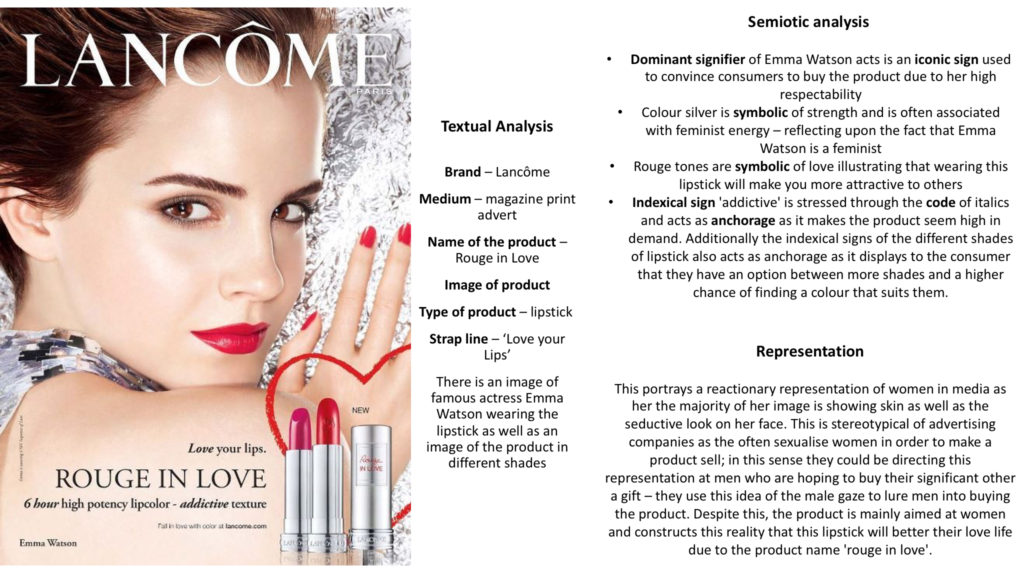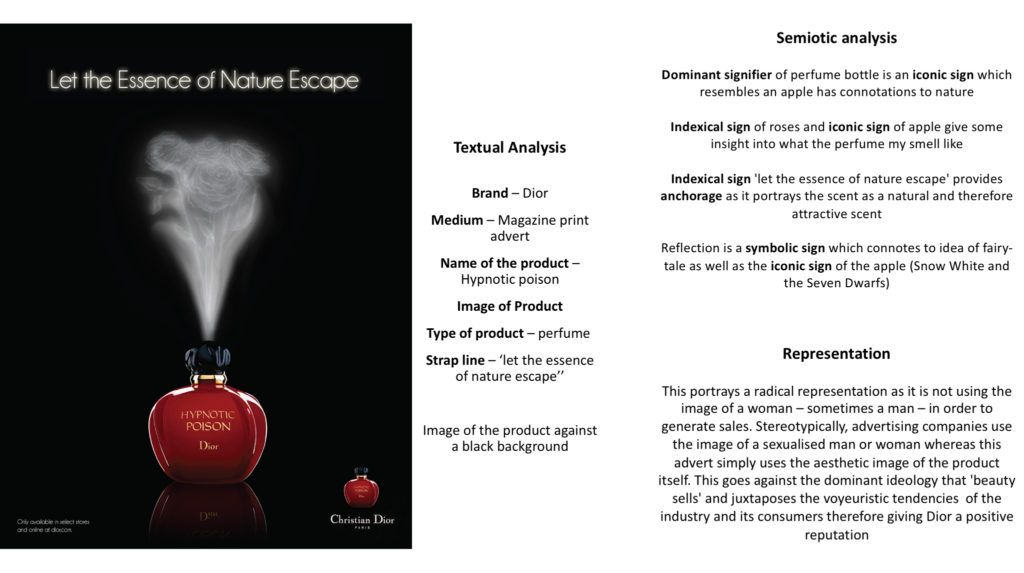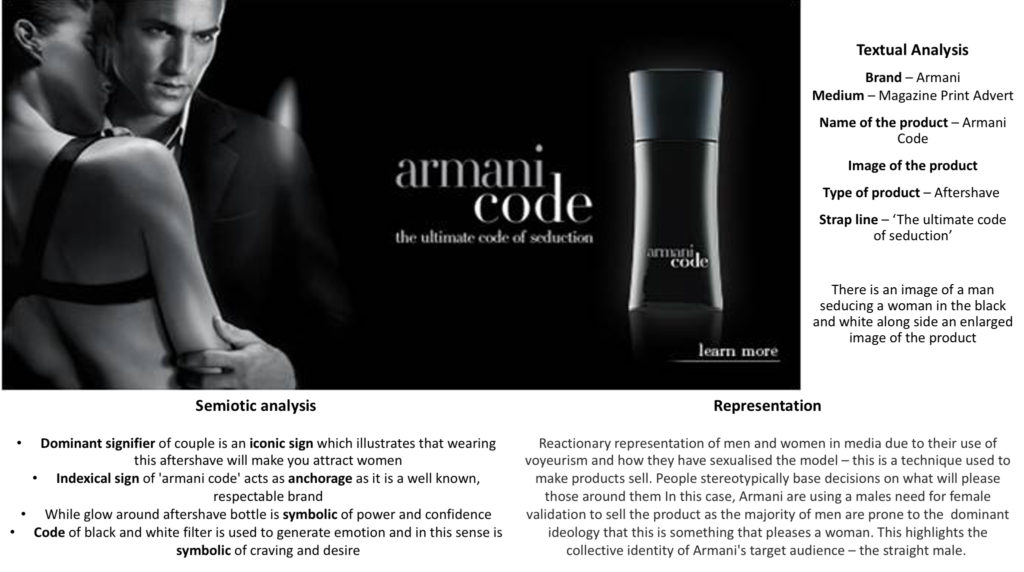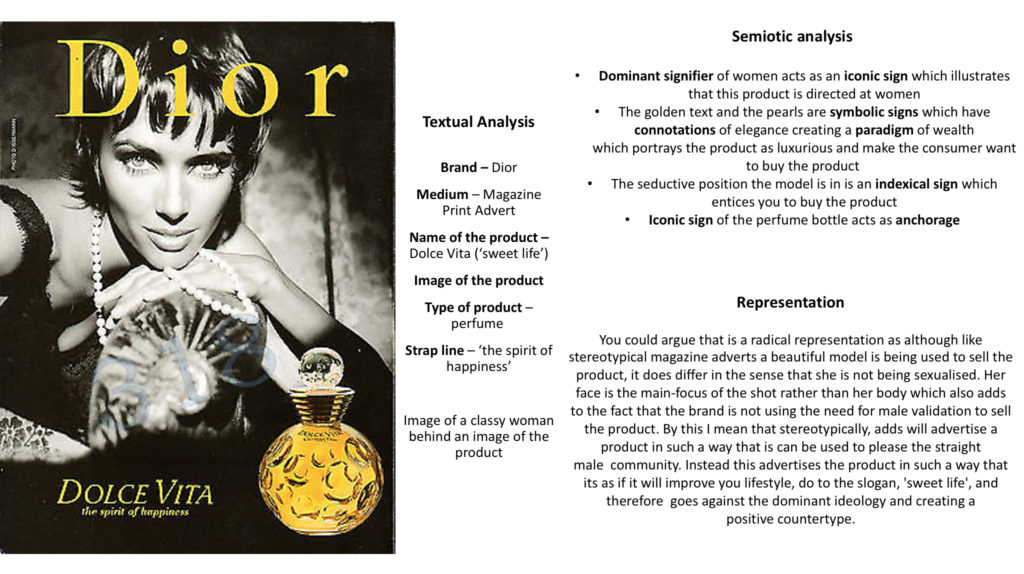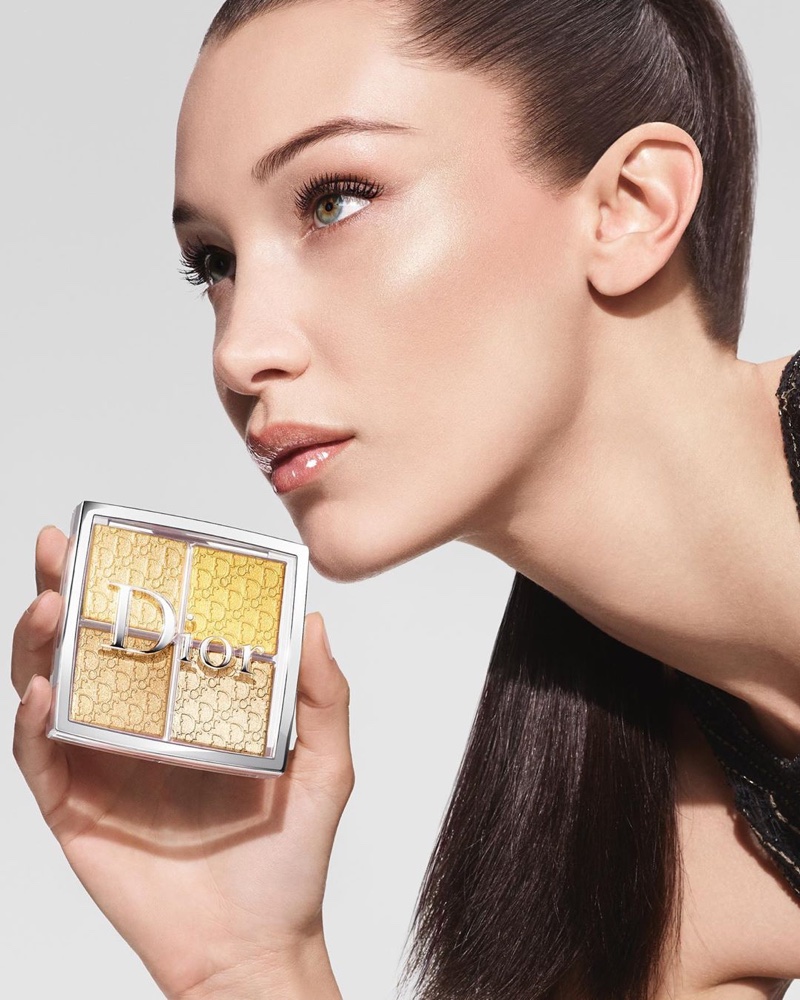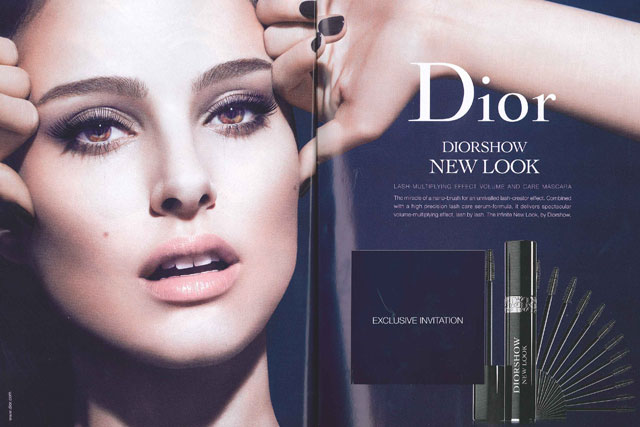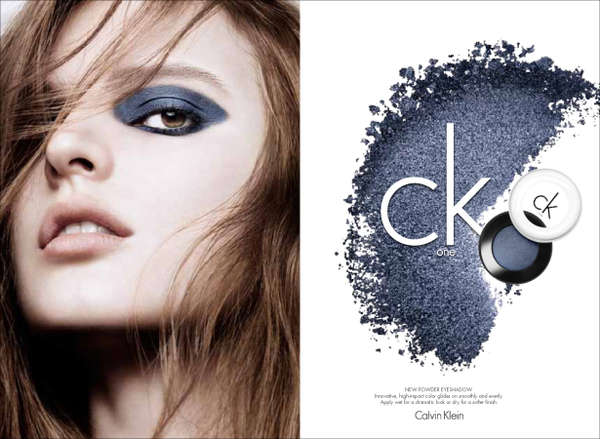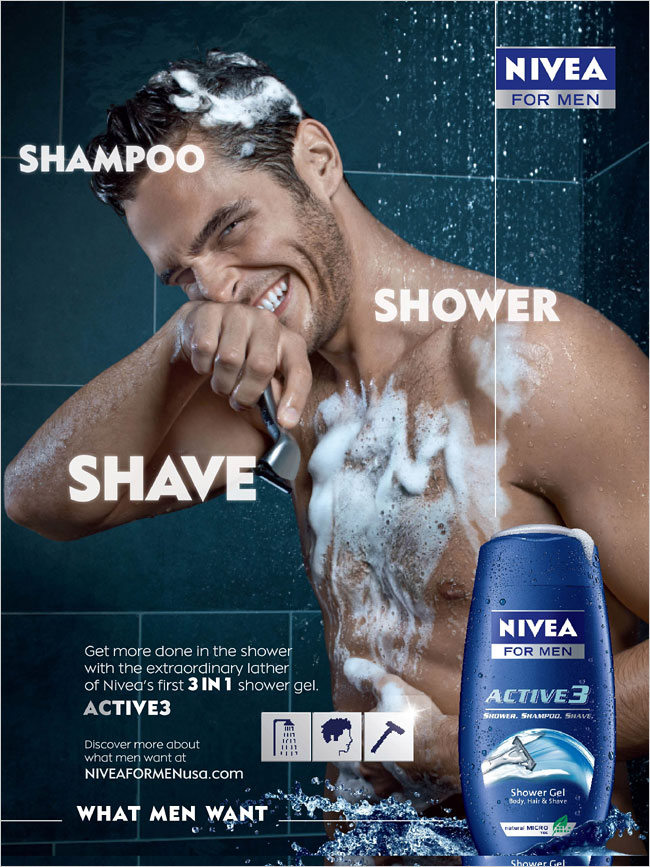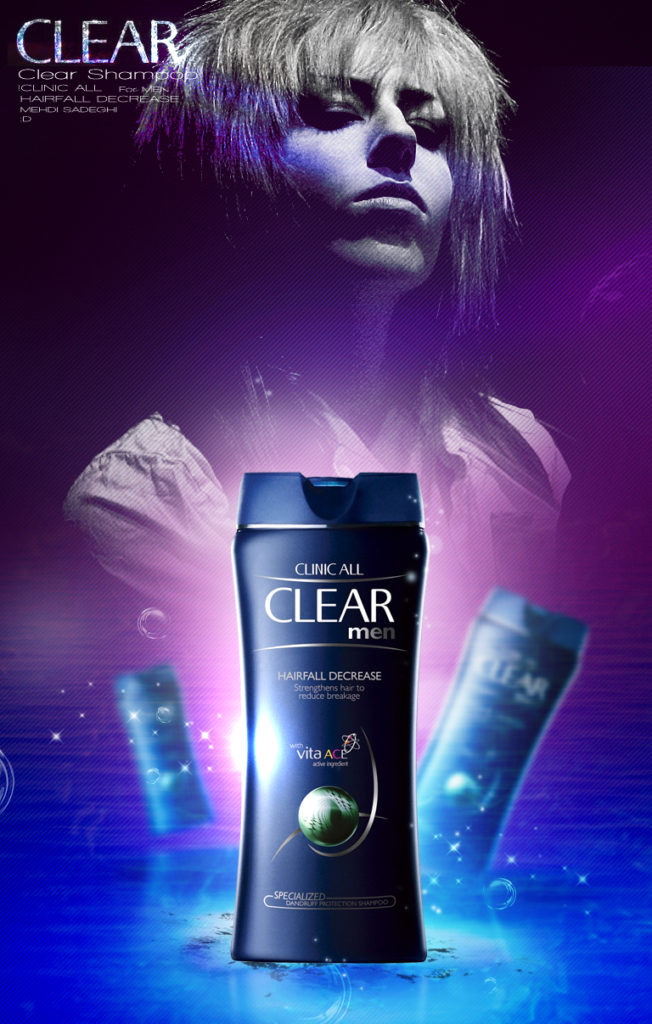advertising style models

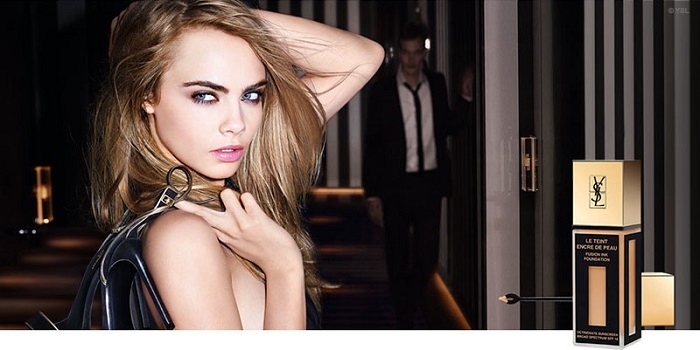

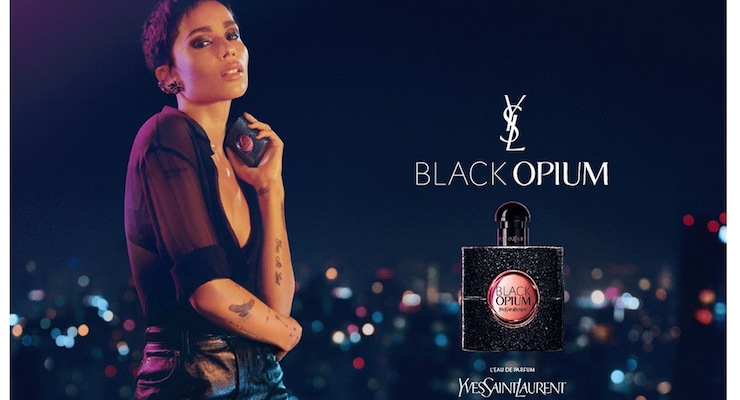
statement of intent
For my video game cover, I have made a game cover based in the Alps which includes violence. The background will have a mountain with the main character. My main character is inspired by the ‘winter solider’ but instead she is a female and her body is full metal. She will be portrayed as a strong character which goes against the stereotypical weak female character. My character has a wider and muscular body frame a rather than the ‘small waist’ stereotypical slender frame.
ADvertising style models
advertising style models
Advertising Style Models – Shampoo
- Cristiano Ronaldo Shampoo Advert
Textual Analysis – Iconic sign of shampoo, dominant signifier is Cristiano Ronaldo who is a famous and well known celebrity along with details about the product.
Semiotic Analysis – The advert shows a reactionary representation around masculinity, with the dominant signifier appearing confident and calm, appealing to the idea of the “Cool Man”.
Representational Analysis – The advert presents a patriarchal outlook, with the dominant signifier wearing posh, well-fitting clothes. You could say that the advert targets young men who are rather impressionable, and the audience positioning may be one of positivity, with the advert giving the target audience a role model to look up to. It could also be one of negativity with the target audience comparing themselves to unrealistic representations of men shown in the advert.
2. Nivea Shampoo Advert
Textual Analysis – Iconic signs of man and shampoo which promote conventional methods of showering, along with details and information about the product. There is also a background which denotes a bathroom or shower, which shows the consumer where the product should typically be used.
Semiotic analysis – The advert shows the dominant signifier in the process of using the product, who looks to have unrealistic bodily features. The paradigm of signs relating to the idea of washing and cleaning the body convey the conventional method of doing so, which may be a positive idea in that more impressionable people in the target audience (men) will start carrying out these actions.
Representational Analysis – The advert promotes the idea of patriarchal hegemony as it uses the phrase “what men want” which implies that all men must try to use such cosmetic products to make themselves appear more attractive. Consequently, it may be a misrepresentation of masculinity as not all males aspire to have such a mindset and it is forcing these myths to the consumer. This may mean that the advert gives a negative representation of masculinity and one that is not necessarily correct. On the other hand, the advert could be said to be radical ans there is not a woman accompanying the man as would be seen in a stereotypical reactionary advert.
3. Clear Shampoo Advert
Textual Analysis – Advert shows an iconic sign of shampoo surrounded by bright, sparkly auras, with a faint image of a human person in the background and fancy font used for the text.
Semiotic Analysis – The dominant signifier, being the shampoo, is encased in positive imagery with a bright and sparkly background. This may convey false ideas that you will also experience similar ideas to the ones shown in the advert, and this may encourage consumers to buy the product. In addition, the person in the background has an almost “godly” appearance, which is very unrealistic and does not give the target audience an appropriate role model to loom up to.
Representational Analysis – The advert is reactionary in that it follows the stereotype of men using cosmetic products in order to appear more positive and powerful than they are in reality. This could mean that the advert is showing us a negative representation of masculinity in that men may not be nearly as dominant in society without the products made for them.
8 quotes
“Only solutions to kill the damsel to protect her”
”Young, white, straight male”
“As a girl growing up playing games I was always like, why do I have to play as a boy?”
”Make them exude sexuality for the entertainment of the presumed straight male player.”
“Only solutions to kill the damsel to protect her”
“The Damsel in Distress predates the invention of video games by several thousand years”
“Most games feature white protagonists”
“The gruesome death of women for shock value is especially prevalent in modern gaming”
Cosmetic products – aftershave – print advetrs to use as style models

Textual Analysis – Name of product in the middle of advertisement. Image of a man sitting down with a woman sitting on his shoulder. Image of the fragrance in the bottom right-hand corner. Small text at bottom of the page.
Semiotic Analysis – Dominant signifier is of the man sitting down with a woman sitting on his shoulder. An iconic sign is of the fragrance itself. The indexical and symbolic signs are the stance that the man and woman are in, plus the clothes that they are wearing, as they imply a sexual feel to the product.
Representation – The representation in this advert is reactionary because it tries to use ‘sex’ to sell a fragrance. It does this through the stance that the man and woman are in, as well as the clothes that the woman is in. It also shows sexual tension between a heterosexual couple, rather than an lgbtq+ couple. This is reactionary because stereotypically straight couples are always shown in adverts, and lgbtq+ couples rarely receive representation in the mainstream media.
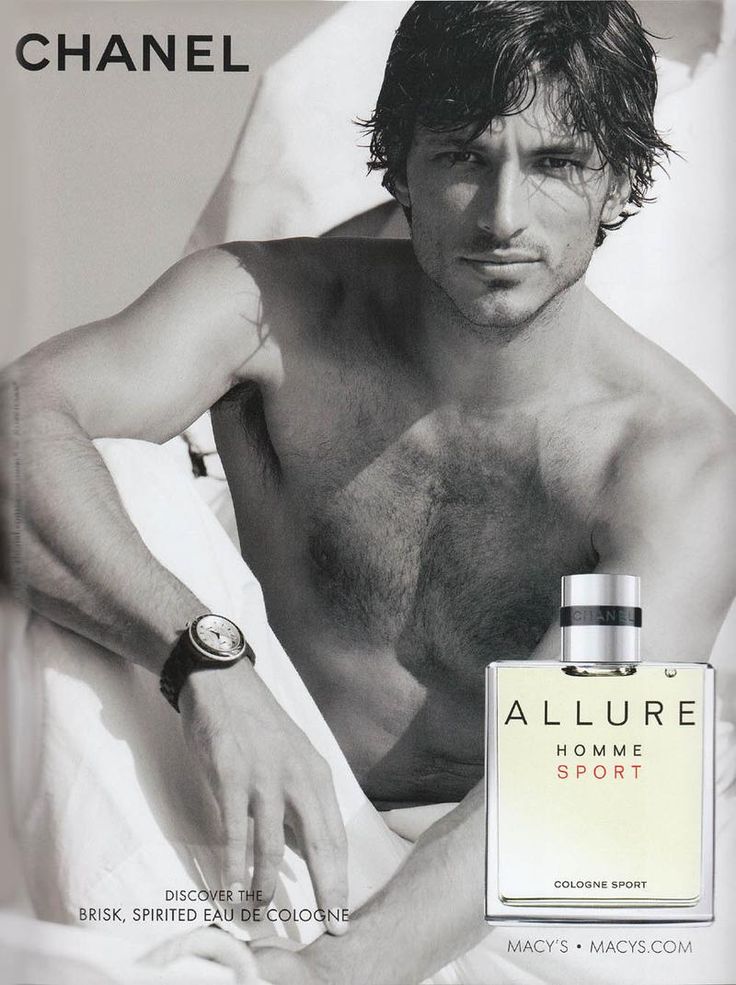
Textual Analysis – Name of product at the top left of advertisement. Large image of a shirtless man sitting down in the middle of the ad. Image of the fragrance in the bottom right-hand corner. Small text at the left bottom of the page stating who ‘discovered the fragrance + small text at the bottom right of the page.
Semiotic Analysis – Dominant signifier is of a shirtless man sitting down. An iconic sign is of the fragrance itself. The indexical and symbolic signs are the stance that the man is in. It displays power and masculinity. The name of the product is also an indexical sign because the word allure suggests that the fragrance is ‘alluring’ (defined as: powerfully and mysteriously attractive or fascinating; seductive).
Representation – The representation in this advert is reactionary because it attempts to use the model’s conventional attractiveness to sell its fragrance. The model is shirtless, showing a hairy chest and toned body (associated with masculinity). He also has a strong jawline and sharp features which are conventionally attractive. By using this model, the fragrance is suggesting that men who use that fragrance will also look attractive and have sex appeal.

Textual Analysis – Name of product at the top right of advertisement, with slogan above it in bold text. Large image of a shirtless man riding a horse in the centre of the ad. Image of the fragrance in his hand, with water spilling out from under it. Beach + sea in the background.
Semiotic Analysis – Dominant signifier is of a shirtless man riding a white horse. An iconic sign is of the fragrance itself. The indexical and symbolic signs are the stance that the man is in.
Representation – The representation in this advert is reactionary because it attempts to use the social concept of ‘smelling masculine’ to sell its fragrance. The model is shirtless and riding a white horse. He has a cut body with defined muscles. Again, the fragrance uses a conventionally attractive model to try to sell to male consumers. However, there is a humorous element to the advert. The model is in a rather comical pose, with his hand on his hip and body in a contorted pose. The slogan is also slightly humorous stating “smell like a man, man”.

Textual Analysis – Large image of a child in the centre of an ad. Wide text of the companies slogan layered across the child’s face.
Semiotic Analysis – Dominant signifier is of a child. The indexical and symbolic sign is the slogan that the company has used “The best a man can get”.
Representation – The representation in this advert is radical because it attempts to fight toxic masculinity through representation. Usually, male fragrance companies use the social construct of ‘being a man’ to try and sell their product, however, Gillette has flipped the coin on this approach by criticising the very idea of ‘being a man’ and instead suggesting that ‘men need to be better’. The image of a child paired with this slogan creates a more emotional response for viewers, and it suggests that the way to change is through youth.

Textual Analysis – Large image of a popular celebrity (Chris Hemsworth) in the centre of the ad. Text stating company name in the top right of the ad. Picture of fragrance in the bottom right of the ad. Fragrances slogan (hashtagged) in the bottom left. Above it is the description of the fragrance. The background is of a city.
Semiotic Analysis – Dominant signifier is of a famous celebrity in a suit. The indexical and symbolic sign is the slogan that the company has used “The man of today”. An iconic sign is the fragrance itself.
Representation – The representation in this advert is reactionary because it suggests that men have to look and act a certain way to truly ‘be a man’. By using Chris Hemsworth (a stereotypically masuline man) as the fragrances model, Boss becomes part of the problem concerning body image. It suggests that men need to be ‘cool’ and ‘sexy’ to really be a man. Also, by clothing him in a sharp snappy suit and photoshopping him in front of a city, the brand is again suggesting that men need to be a certain way to be accepted.
Media games cover sketch
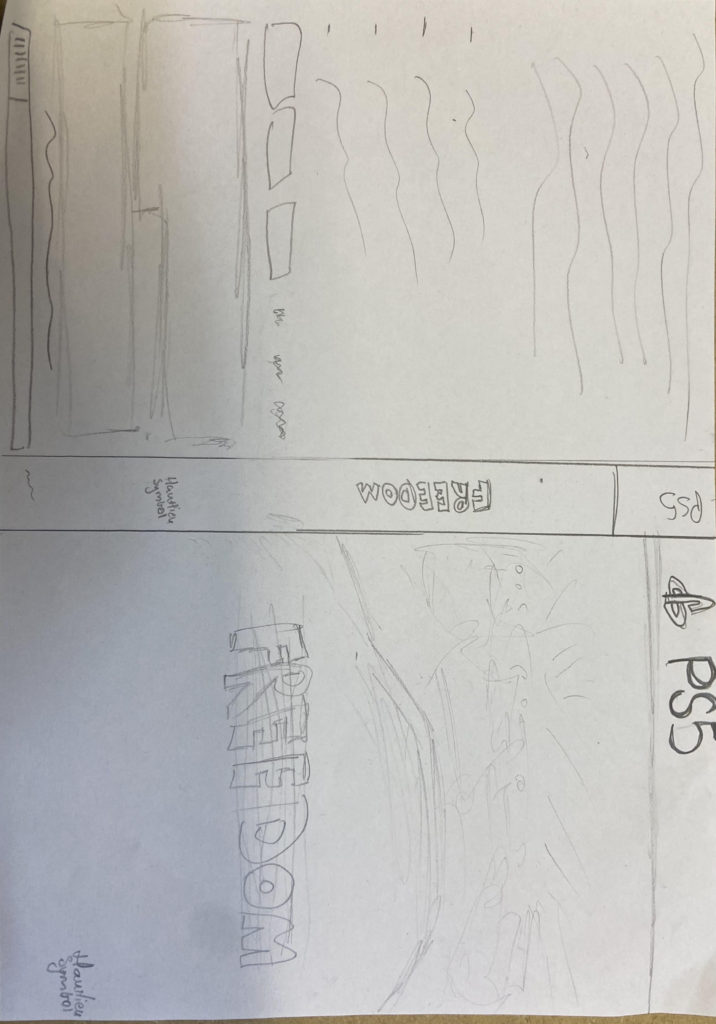
Advertisment style models






